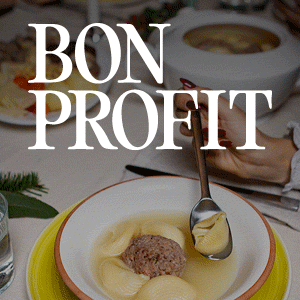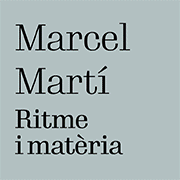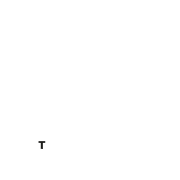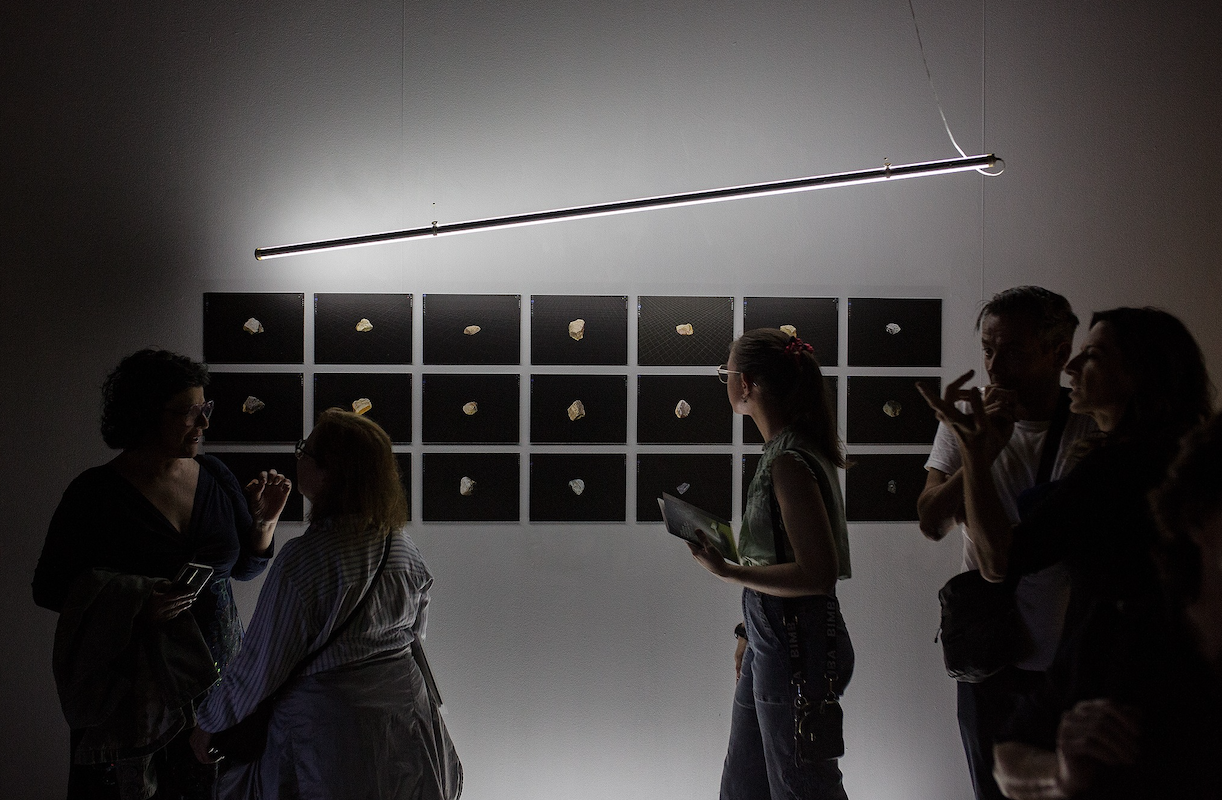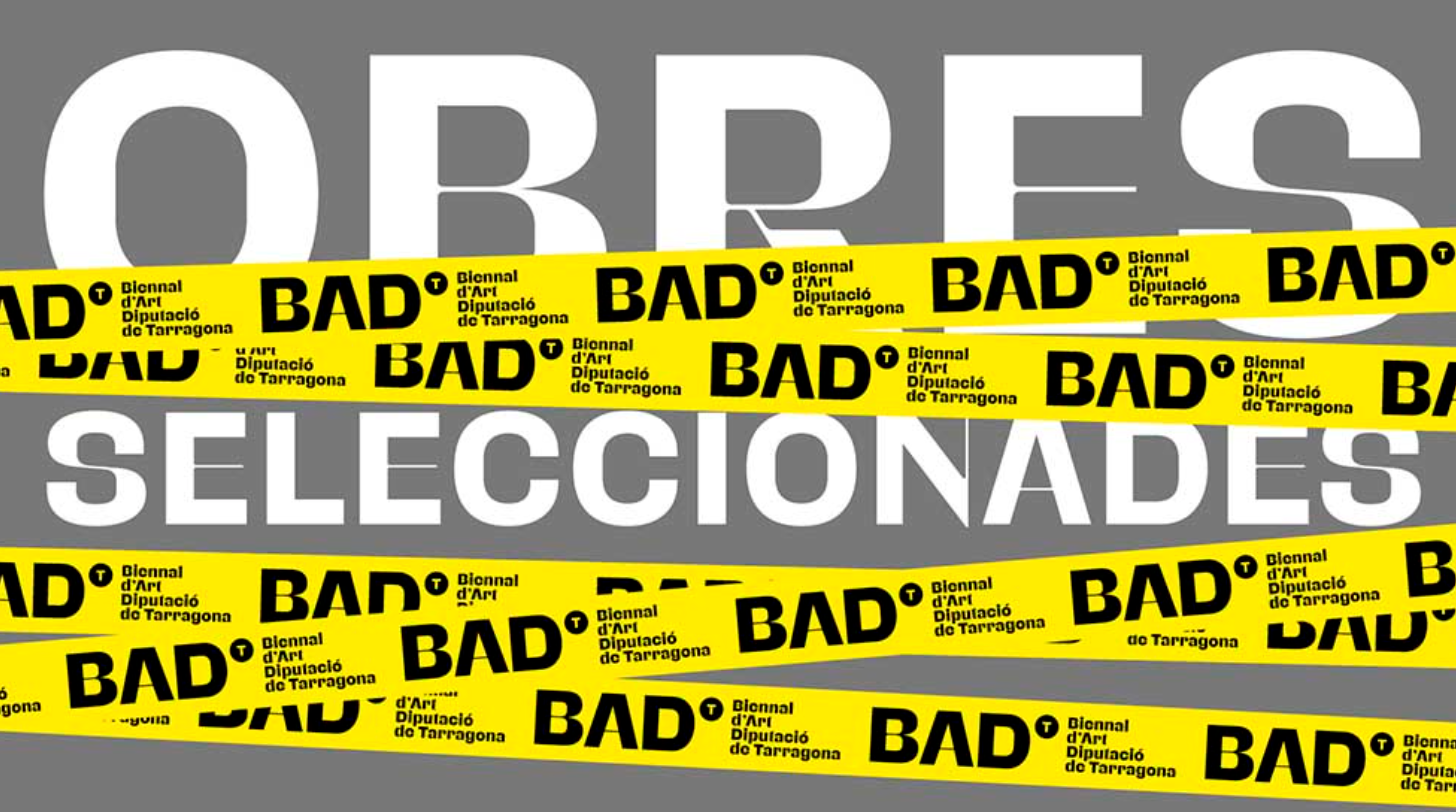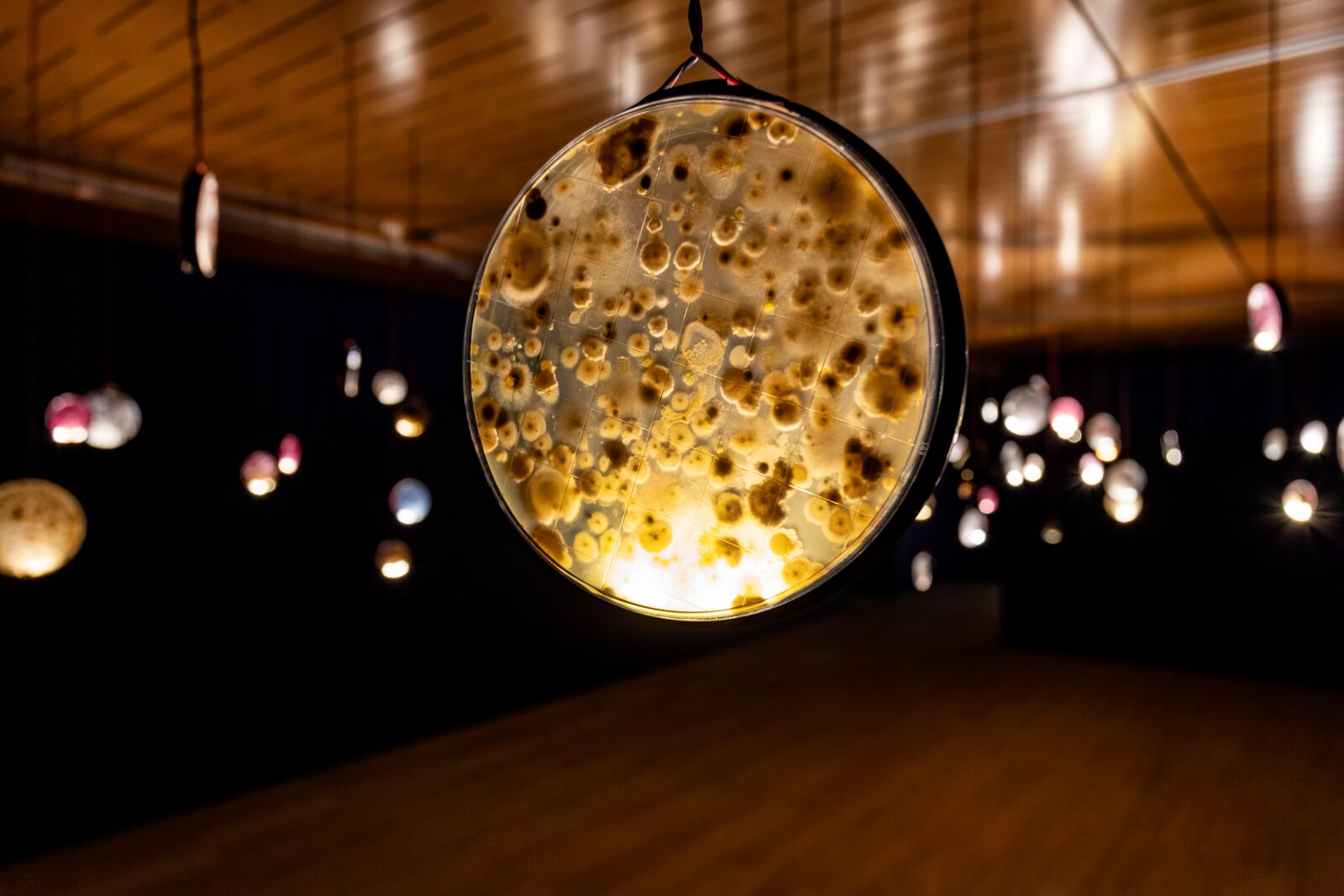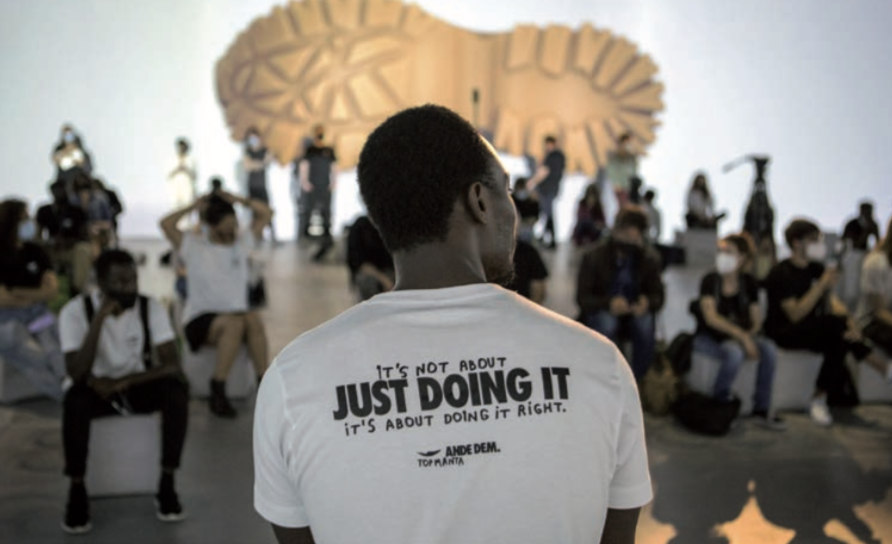interviews
Jaume Perarnau Llorens
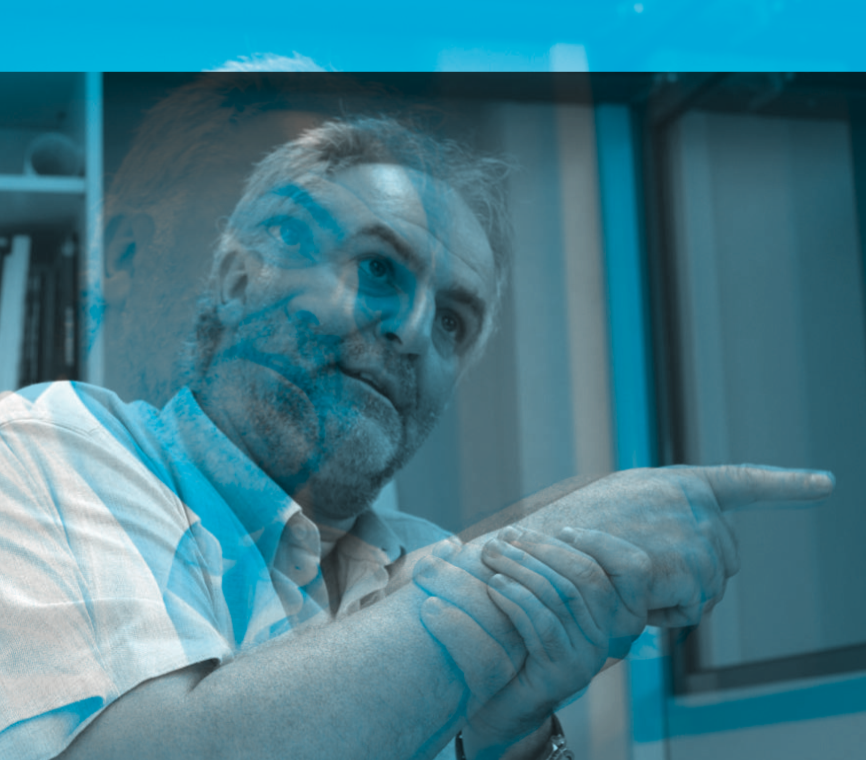
With a degree in History from the UAB, a doctorate in History of Technology from EHESS in Paris and a diploma in Advanced Studies and Museology of Techniques from the National Conservatory of Arts and Crafts in Paris, Jaume Perarnau has been director for ten years of the National Museum of Science and Technology of Catalonia, where since 1994 he had already served as head of the area of conservation, documentation and studies.
University professor and journalist, Jaume Perarnau has curated several museum projects and is a member of several international scientific committees. The museum he directs is the result of the baggage that the industrial application of knowledge and scientific and technical innovation has developed in Catalonia over the centuries. The museum, which will be 40 years old next year, although the Republican Generalitat had already planned it in 1937, is of international reference due to its specificity and the innovative and decentralized way of implementing it in the territory.
What is this singularity?
The great science and technology museums in Europe are huge, magnificent, and have all the sectors of industrialization explained in the same space. Here what we do is explain the industrial heritage with objects but also with the buildings where these objects were used or built. We explain all the areas of industrialization with a central headquarters, which is in Terrassa and has a little bit of everything, and then a set of 27 museums in the territory that do have specialization: paper in Capellades, cork in Palafrugell , a flour mill in Castelló d'Empúries, the power stations in the Pyrenees, the railways in Móra la Nova and Vilanova i la Geltrú, the ceramics in Bisbal d'Empordà... This is our uniqueness.
The buildings are also museums.
In Terrassa we can explain what a power plant is and have a turbine, but it won't work; on the other hand, in Capdella you can see the waterfall and understand how electricity is produced in the Pyrenees.
It is innovative but complex.
The conceptual part is that and it is understood, but then there is the organizational and administrative part. Each of the museums has its own organization and affiliation to the town councils. There are small and large museums, some open only in the spring and summer, others do it all year round, and this is a complication in terms of personnel, budgetary capacity and logistics.
Does this complexity require more funding?
The funding always seems insufficient to us, but the truth is that in recent times the Department of Culture has increased it. What we lack are hands to carry out the number of projects we have planned.
And how does the public respond?
There is a great return. The figures tell us so. In addition to counting visitors, we calculate the economic and social impact, which is very high. This leads us to do projects and activities outside the walls of the museum. The objects we have and that we show are designed and manufactured not only to be seen as a work of art, but to make them work. And this allows us to reach society more easily, because everyone can feel identified with objects they have used: cars, household appliances, computers...
How is the social and economic impact assessed?
The economic return allows us to assess the impact that each public euro invested has on the municipality's GDP. The economic impact is the companies that work there: maintenance, cost of the inventory of objects, restoration, surveillance... In a town of a thousand inhabitants, you would be surprised. Perhaps it is the most important economic activity in that municipality. And the social issue: how many organizations in Terrassa have used the museum's space to carry out activities? How many freebies have been given to organizations in the third sector?
Tell me about new projects .
The museum-bus. It would allow technical knowledge to be brought to small towns. Another project is to broadcast on its own channel. In Terrassa we have a live studio of Catalunya Ràdio and a television set.
As a director, are you satisfied?
We have practically recovered the pre-pandemic level. You always think you could do more and you don't have to be conformists, but we have a right to be proud.
Why is the museum so complex?
We touch on many topics, from turbines and graphic arts to electronic computing. From energy to science, from medicine to productive sectors. The work never ends. Technical and scientific advances do not stop. The museum has everything from airplanes, train locomotives and trucks to microscopic objects. We have an inventory of nearly 25,000 objects.
And the exhibitions?
We have permanent ones, such as that of the woolen textile industry. Then, the long-term ones: energy, the history of computing and computers, chemistry. And there are others that we change every year and a half, such as the arts spaces, exhibitions linked to the creative arts that also have to do with scientific and technical advances. We have a scale replica, unique in the world, of the Soviet Mir space station, made as a movie set. Or el Fet a Catalunya, in which we explain technical advances based on centuries-old Catalan companies: for example, the evolution of medicines, from turpentine factories, remedial plants and apothecaries to the pharmaceutical industry.
Which object of the 25,000 would stand out?
We have just acquired a Hispano Suiza, a magnificent piece. And I would like to have one of the first typewriters, of which there are twelve or thirteen in the world, one of which is in Figueres. Or the first Lumière machine, projector and player at the same time; we have one, but incomplete.


